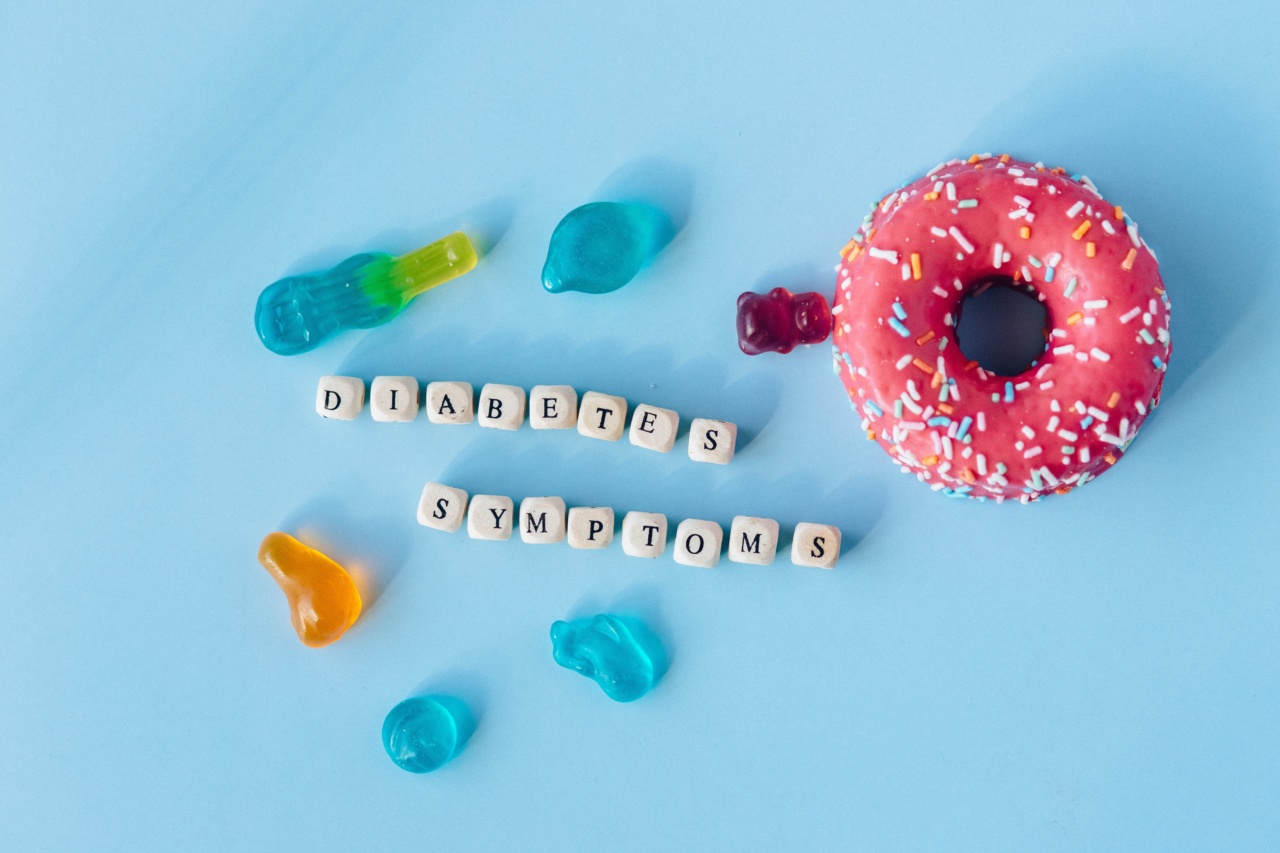Menstruation is a natural process that occurs in the female body, signaling the reproductive system’s release of an egg and the subsequent shedding of the uterine lining.
For many women, however, this monthly occurrence is accompanied by a range of discomforts commonly known as menstrual symptoms. These symptoms can vary from mild to severe and include abdominal cramps, bloating, mood swings, fatigue, headaches, and breast tenderness.
While over-the-counter medications and home remedies can provide relief for some women, another effective way to combat and alleviate menstrual symptoms is through dietary adjustments.
This article will explore how certain foods can help minimize menstrual discomfort and promote overall well-being during your menstrual cycle.
1. Incorporate Healthy Fats
Contrary to popular belief, not all fats are bad for you. In fact, certain types of healthy fats can assist in reducing inflammation and therefore alleviate menstrual symptoms.
Omega-3 fatty acids, found in fatty fish like salmon, sardines, and trout, as well as walnuts and flaxseeds, have been shown to help reduce menstrual pain. Adding these foods to your diet leading up to and during your period may provide relief from cramps and discomfort.
2. Load Up on Fiber
Increasing your fiber intake can be beneficial when experiencing menstrual symptoms such as constipation and bloating. Fiber-rich foods include whole grains, fruits, vegetables, and legumes.
Not only does fiber help regulate bowel movements, but it can also stabilize blood sugar levels and promote a feeling of fullness, which can combat mood swings and cravings often associated with menstruation.
3. Opt for Iron-Rich Foods
Iron is an essential mineral that plays a crucial role in maintaining overall health, especially during menstruation. Many women experience iron deficiency during their period, which can contribute to feelings of fatigue and weakness.
Including iron-rich foods such as lean meats, spinach, kale, lentils, and fortified cereals in your diet can support your iron levels and help restore energy levels during your menstrual cycle.
4. Embrace Calcium-Rich Foods
Calcium is another mineral that can aid in alleviating menstrual symptoms. Low calcium levels have been linked to more severe cramps, so incorporating calcium-rich foods into your diet can be beneficial.
Good sources of calcium include dairy products like milk, cheese, and yogurt, as well as leafy greens like broccoli and kale. If you’re lactose intolerant or following a vegan diet, consider fortified plant-based milk alternatives and calcium supplements.
5. Stay Hydrated
Drinking enough water is always essential for maintaining overall health, but it becomes particularly crucial during menstruation. Proper hydration can help ease bloating and reduce water retention, contributing to a decrease in discomfort.
Aim to drink at least eight glasses of water per day, and consider hydrating herbal teas such as chamomile or ginger, which may also help calm cramps and relax the muscles.
6. Incorporate Magnesium-Rich Foods
Magnesium is a mineral that plays a vital role in muscle function and relaxation. Research suggests that magnesium supplementation may help alleviate menstrual pain and reduce the severity of other symptoms.
Include magnesium-rich foods such as dark chocolate, nuts (like almonds and cashews), seeds (like pumpkin and sunflower), and leafy green vegetables to your diet during your period to potentially experience its soothing effects.
7. Consume Vitamin B6
Vitamin B6, found in foods like poultry, fish, bananas, and chickpeas, may help reduce symptoms such as mood swings and fatigue.
It supports the production of neurotransmitters that regulate mood and can aid in counteracting the emotional dips commonly experienced during menstruation. Including these foods in your diet may assist in stabilizing your mood and promoting overall emotional well-being.
8. Spice Up Your Meals
Adding certain spices to your meals can contribute to reducing menstrual discomfort. For instance, ginger has long been used as a natural remedy for menstrual pain, as it possesses anti-inflammatory properties that can help ease cramps.
Turmeric, another potent spice, contains curcumin, which also has anti-inflammatory and pain-relieving effects. By incorporating these spices into your diet, you may find relief from period-related discomfort.
9. Consider Herbal Remedies
Herbal remedies have been used for generations to ease menstrual symptoms. Raspberry leaf tea, for example, is a popular herbal tea that some women find helpful in alleviating cramps and regulating blood flow during menstruation.
Additionally, chamomile tea, known for its calming properties, may assist in reducing stress and discomfort. Always consult with your healthcare provider before trying any herbal remedies, especially if you have any pre-existing medical conditions or take other medications.
10. Avoid Trigger Foods
While incorporating specific foods into your diet can help alleviate menstrual symptoms, it’s equally important to avoid foods that may exacerbate discomfort.
Some common trigger foods include processed snacks, sugary treats, caffeine, and alcohol. These items can contribute to bloating, irritability, and inflammation, intensifying overall discomfort during your period. Limiting or avoiding these trigger foods may improve your well-being throughout your menstrual cycle.
Remember, everyone’s body is unique, and what works for one person may not work for another. It’s essential to pay attention to your body and listen to its needs.
By incorporating the aforementioned foods and dietary adjustments into your routine, you may find relief from menstrual symptoms and enhance your overall well-being during your monthly cycle.




























